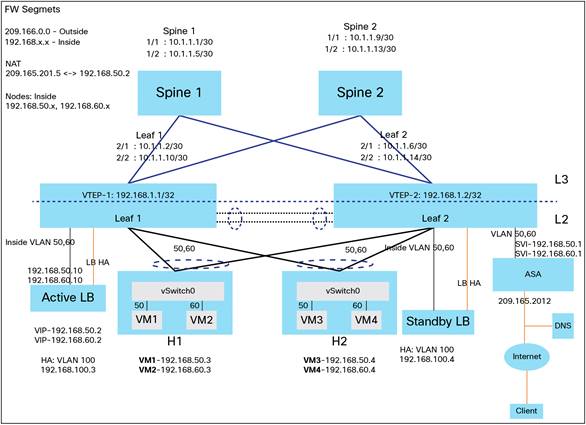I can see that the design guide says that routed vMotion is recommended to go through with RPQ (Request for Product Qualification) process.
It doesn't mention which vSphere version.
With vSphere 6.0, vMotion can use separate TCP/IP stack which means it will have different default gateway, routing table, etc.
Prior vSphere 6.0, a static route is required if vMotion is running on different network and my understanding is that this require RPQ if we want to use it in production Configuring static routes for vmkernel ports on an ESXi host (2001426) | VMware KB
I thought routed vMotion does not require RPQ anymore with vSphere 6.0, but I could be wrong.
May need to check with the person who wrote the design guide or check with VMware Support/GSS.
On the leaf-spine side, it depends on your physical network architecture.
Leaf-spine can be L3 or some vendors use L2 fabric such as MLAG/MC-LAG, SPB, FabricPath, TRILL.
If you are using VXLAN (not NSX) on the underlying network then it is normally L3 and in this case VLAN is local to rack/leaf switch
If they are on different subnet then yes you will need routing in spite they are on same VLAN ID.
When a source leaf (let say leaf rack1) need to communicate to destination leaf (rack2), the destination vMotion subnet would be reachable from source leaf via routing (e.g. BGP) through the spine switches.


References:
Cisco Nexus 9000 Data Center Service Provider Guide - Cisco
Arista EOS Central – VXLAN bridging with MLAG